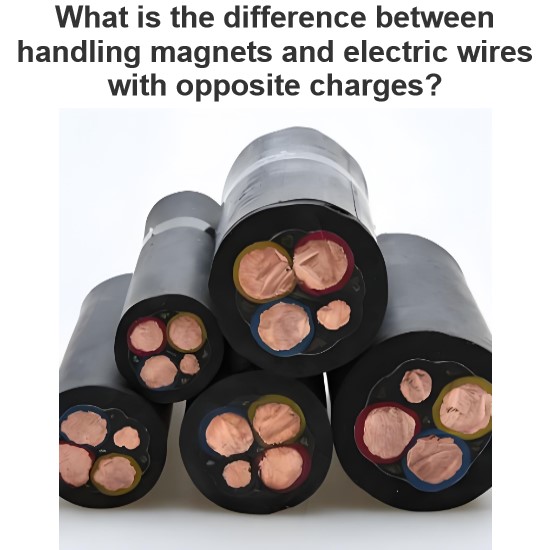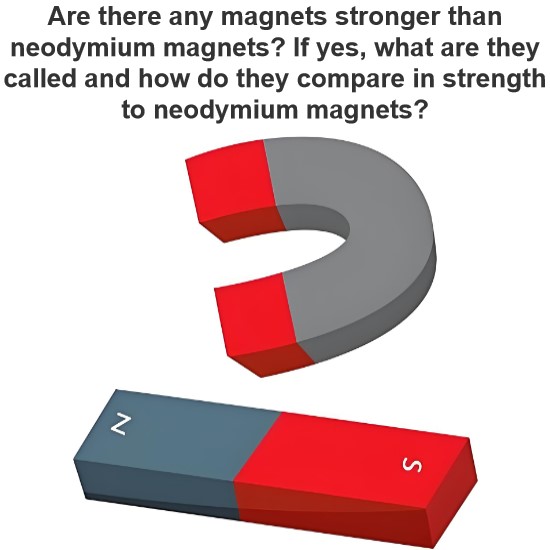How to Understand the Electronic Configuration of Atoms
he electronic configuration of an atom is a way of describing how its electrons are arranged in different energy levels and sublevels around the nucleus. The electronic configuration of an atom determines many of its physical and chemical properties, such as how it reacts with other atoms, how it conducts electricity, and how it behaves in a magnetic field.
What is an Electron?
An electron is a negatively charged subatomic particle that orbits the nucleus of an atom. The nucleus consists of positively charged protons and neutrally charged neutrons. The number of protons in the nucleus defines the atomic number of an element, and the number of electrons in a neutral atom is equal to the number of protons.
Electrons have very little mass compared to protons and neutrons, and they move very fast in their orbits. The orbits are not circular paths, but rather regions of space where the electrons are most likely to be found. These regions are called orbitals or subshells, and they have different shapes and sizes depending on their energy level.
What is an Energy Level?
An energy level is a main shell or orbit that contains one or more subshells or orbitals. The energy level of an orbital is determined by its distance from the nucleus: the closer it is, the lower its energy; the farther it is, the higher its energy.

The energy levels are numbered from 1 to 7, starting from the closest one to the nucleus. The first energy level can hold up to 2 electrons, the second up to 8, the third up to 18, and so on. The formula for calculating the maximum number of electrons in an energy level is 2n^2, where n is the energy level number.
What is a Subshell?
A subshell is a subdivision of an energy level that contains one or more orbitals with the same shape and energy. The subshells are named by letters: s, p, d, f, g, etc., corresponding to orbital quantum numbers 0, 1, 2, 3, 4, etc. The number of subshells in an energy level is equal to the energy level number: for example, the first energy level has one subshell (s), the second has two (s and p), the third has three (s, p, and d), and so on.
The maximum number of electrons that can fit in a subshell is given by the formula 2(2l + 1), where l is the orbital quantum number. For example, the s subshell can hold up to 2 electrons, the p subshell up to 6, the d subshell up to 10, and the f subshell up to 14.
What is an Orbital?
An orbital is a region of space within a subshell where an electron can be found with a certain probability. The shape and size of an orbital depend on its energy level and subshell: for example, s orbitals are spherical, p orbitals are dumbbell-shaped, d orbitals are clover-shaped or complex-shaped, and f orbitals are even more complex.
Each orbital can hold up to 2 electrons with opposite spins: one spinning clockwise and one spinning counterclockwise. The spin is another property of electrons that affects their magnetic behavior.
How to Write the Electronic Configuration of an Atom?
The electronic configuration of an atom is written by listing all the occupied subshells with their number of electrons in superscript. For example, the electronic configuration of hydrogen (H) with one electron is 1s^1; the electronic configuration of helium (He) with two electrons is 1s^2; the electronic configuration of lithium (Li) with three electrons is 1s^2 2s^1; and so on.
The order in which the subshells are filled follows a rule called the Aufbau principle or building-up principle: electrons occupy the lowest-energy orbitals available first before moving to higher-energy ones.
How to Apply the Aufbau Principle?
To write the electronic configuration of an atom using the Aufbau principle, we need to follow these steps:
Start with the lowest-energy orbital, which is the 1s orbital, and fill it with up to two electrons.
Move to the next-lowest-energy orbital, which is the 2s orbital, and fill it with up to two electrons.
Move to the next-lowest-energy orbital, which is the 2p orbital, and fill it with up to six electrons.
Continue this process until all the electrons of the atom are assigned to orbitals.
To simplify the writing of electronic configurations, we can use a shorthand notation that uses the symbol of the previous noble gas in brackets to represent the inner electrons that are in a stable configuration. For example, instead of writing 1s^2 2s^2 2p^6 for neon (Ne), we can write [He] 2s^2 2p^6, where [He] represents the configuration of helium (He).
We can also use a diagram called an orbital diagram or an electron configuration diagram to show the distribution of electrons in orbitals using arrows or circles. The arrows represent the spin of the electrons, and they must be paired with opposite spins in each orbital. The circles represent the electrons without showing their spin.
What are the Exceptions to the Aufbau Principle?
The Aufbau principle works well for most elements, but there are some exceptions where electrons do not fill orbitals according to their energy levels. These exceptions occur because some atoms are more stable when they have half-filled or fully-filled subshells, especially in the d and f blocks.
For example, chromium (Cr) has an atomic number of 24, which means it has 24 electrons. According to the Aufbau principle, its electronic configuration should be [Ar] 4s^2 3d^4, where [Ar] represents the configuration of argon (Ar). However, this configuration is not very stable because the 3d subshell is only partially filled with four electrons. A more stable configuration is [Ar] 4s^1 3d^5, where both the 4s and 3d subshells are half-filled with one and five electrons, respectively.

Another example is copper (Cu), which has an atomic number of 29 and 29 electrons. According to the Aufbau principle, its electronic configuration should be [Ar] 4s^2 3d^9, where [Ar] represents the configuration of argon (Ar). However, this configuration is not very stable because the 3d subshell is only partially filled with nine electrons. A more stable configuration is [Ar] 4s^1 3d^10, where both the 4s and 3d subshells are fully filled with one and ten electrons, respectively.
There are other exceptions to the Aufbau principle in the transition metals (d block) and the lanthanides and actinides (f block). To identify these exceptions, we need to look at their observed electronic configurations and compare them with their predicted ones based on their energy levels.
Why is the Electronic Configuration of an Atom Important?
The electronic configuration of an atom is important because it determines many of its physical and chemical properties. For example:
The number of valence electrons, which are the electrons in the outermost shell or subshell, affects how an atom forms bonds with other atoms. Atoms tend to gain or lose electrons to achieve a stable configuration of eight valence electrons (or two for hydrogen and helium), which is called the octet rule. This rule explains why atoms form ions, covalent bonds, or metallic bonds.
The shape and orientation of orbitals affect how atoms form hybrid orbitals, which are combinations of orbitals that allow atoms to form bonds in different directions. For example, carbon can form four sp^3 hybrid orbitals that point toward the corners of a tetrahedron, or three sp^2 hybrid orbitals that point toward the corners of a triangle or two sp hybrid orbitals that point in opposite directions.
The type and number of hybrid orbitals depend on the number of valence electrons and the geometry of the molecule. For example, carbon can form four sp^3, three sp^2, or two sp hybrid orbitals depending on whether it is bonded to four, three, or two atoms, respectively.
The hybrid orbitals can overlap with other orbitals or hybrids on other atoms to form sigma bonds, which are strong covalent bonds that have cylindrical symmetry around the bond axis. For example, methane has four sigma bonds formed by the overlap of four sp^3 hybrids on carbon with four s orbitals on hydrogen.
The unhybridized p orbitals can overlap sideways with other p orbitals on adjacent atoms to form pi bonds, which are weaker covalent bonds that have a nodal plane containing the bond axis. For example, ethene has one sigma bond and one pi bond between the two carbon atoms, formed by the overlap of one sp^2 hybrid and one p orbital on each carbon.
Conclusion
The electronic configuration of an atom is a powerful tool to understand its physical and chemical properties. By applying the Aufbau principle and its exceptions, we can write the electronic configuration of any element using its atomic number and its position in the periodic table. By using hybrid orbitals and their overlaps, we can explain the shapes and bonding patterns of molecules based on their valence electrons. The electronic configuration of an atom is not only a description of its structure but also a reflection of its behavior.
Statement: Respect the original, good articles worth sharing, if there is infringement please contact delete.
Electrical4U is dedicated to the teaching and sharing of all things related to electrical and electronics engineering.




